The Great Plains is the huge area in the central portion of the North American continent which stretches from the Canadian provinces in the north, almost to the Gulf of Mexico in the south, from the Rocky Mountains in the west to the Mississippi River in the east. This is an area which contains many different kinds of habitat: flatland, dunes, hills, tablelands, stream valleys, and mountains. It is a dry region and lacks trees except along rivers and streams.
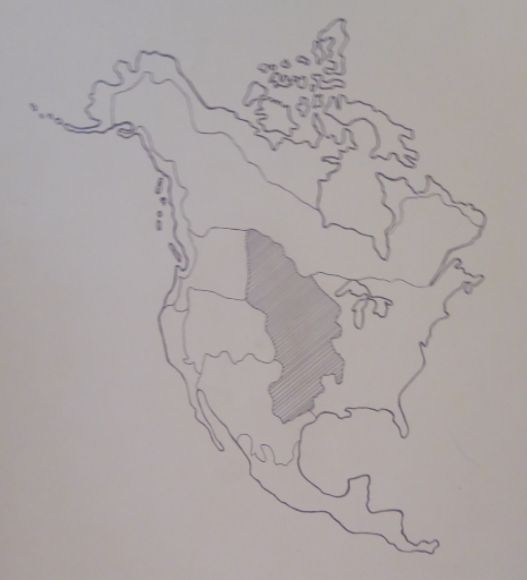 The shaded area on the map shown above shows the Plains culture area.
The shaded area on the map shown above shows the Plains culture area.
Present in all of the Plains Indian cultures is the use of the pipe (also known as a calumet), commonly called a “peace pipe” by non-Indians. The pipes are a part of most ceremonies and are used to seal all agreements. Religion professor Joseph Epes Brown, in his book The Spiritual Legacy of the American Indian, writes:
“The pipes, which have long wooden stems and stone bowls, are understood to be an axis joining and defining a path between heaven and earth.”
There were many different kinds of pipes which were used and made by the Plains tribes. The earliest pipes were straight—looking somewhat like the modern cigar. They would be made from the shank-bone of a deer or antelope or, less frequently, fashioned from stone. According to George Bird Grinnell, in his book The Cheyenne Indians: Their History and Lifeways:
“The straight bone pipes were easier to carry than the more bulky and elaborate stemmed pipes, and were therefore often taken on war expeditions by preference for ordinary smoking.”
In an article in American Antiquity, Christopher Rodning writes:
“The raw materials from which many calumet pipes were made included several forms of argillite, known more generally as redstone. There are several sources of redstone in the Plains and the upper Midwest, including the principal source of a particular form of argillite known as catlinite, in what is now Pipestone National Monument in southwestern Minnesota.”
While red catlinite was often preferred for making the stone pipes, it was sometimes difficult to obtain and therefore pipes were made from many different kinds of soft stone. Pipes would often be elaborately carved with geometric designs or with animal totems.
Among the Blackfoot, stone for making pipes was obtained from Pipestone Cliff near Two Medicine River. The stone is a grayish, calcareous shale. With regard to the shape of the pipe, anthropologist John Ewers, in his book Blackfeet Crafts, writes:
“…the pipe was in the form of a large acorn resting on a heavy, blocky base.”
Among the Blackfoot, pipemaking was a specialized craft. According to John Ewers:
“Most men did not attempt to make pipes but purchased from one of the many well known pipe makers. A finely carved, evenly blackened pipe was worth a good horse.”
Among the Pawnee the pipe was smoked for both relaxation and as a part of every ceremonial event. The stem of the pipe symbolized the human windpipe as breath was considered the essence of life. Pipe stems were often decorated with eagle feathers and other symbolic items.
The bowl of the pipe was usually made from stone with Catlinite from Minnesota being the preferred stone. Since the source for stones was outside of Pawnee territory, warriors would try to bring back as much stone as possible when they made raids into this area. In addition to the red Catlinite, there were some green stones that could be used for making pipes.
Among the Pawnee there were only a handful of men who made pipes, so when a man wanted a pipe he would take the material for making the pipe—wood for the stem and a stone for the bowl—to one of the pipemakers.
 Stone pipe bowls are shown above. Several of them have been decorated with lead.
Stone pipe bowls are shown above. Several of them have been decorated with lead. 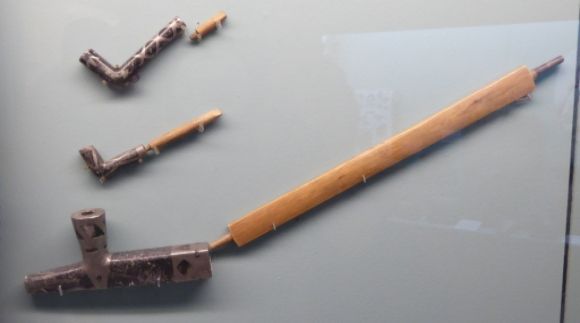 The large pipe on the bottom is a T-shaped pipe which has been decorated with lead.
The large pipe on the bottom is a T-shaped pipe which has been decorated with lead. 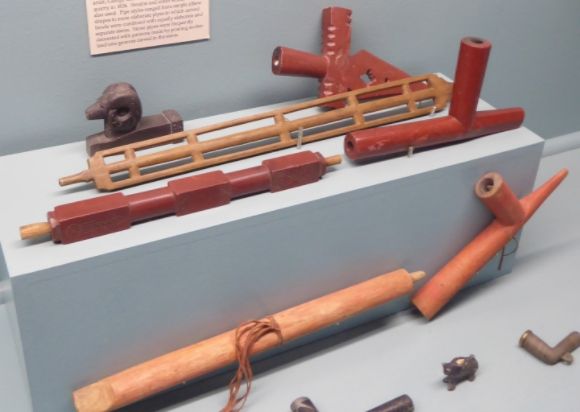 Shown above is a collection of pipes and stems.
Shown above is a collection of pipes and stems. 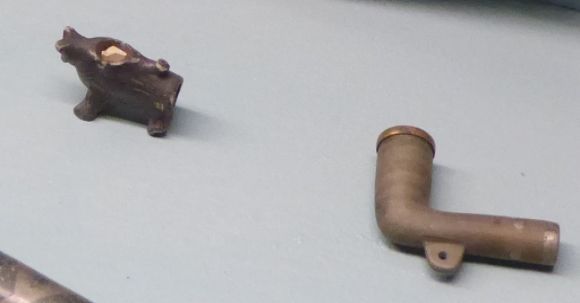 Shown above are two small pipe bowls.
Shown above are two small pipe bowls.  Shown above is a T-shaped pipe and stem.
Shown above is a T-shaped pipe and stem. 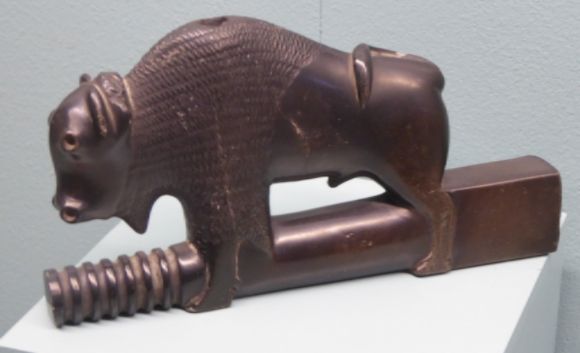 Shown above is the stone pipe bowl for an effigy pipe.
Shown above is the stone pipe bowl for an effigy pipe. 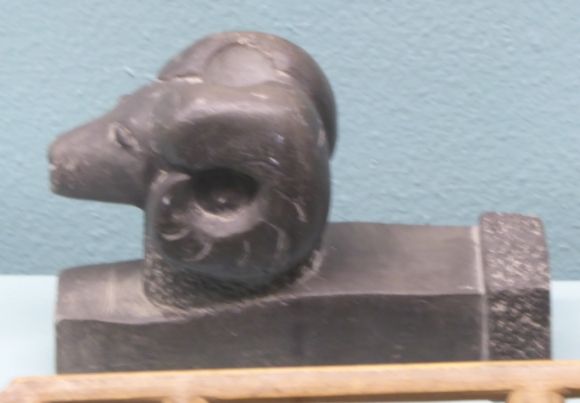 Shown above is another effigy stone pipe bowl.
Shown above is another effigy stone pipe bowl. 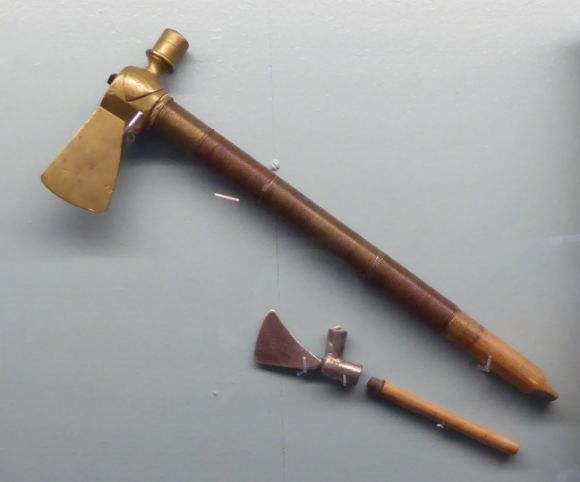 Shown above are pipe tomahawks made by Euro-American traders for the American Indian trade. Such items were generally ceremonial and served as status symbols.
Shown above are pipe tomahawks made by Euro-American traders for the American Indian trade. Such items were generally ceremonial and served as status symbols.
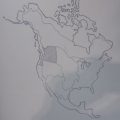
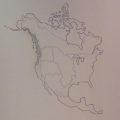
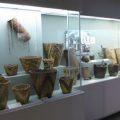
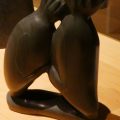
Leave a Reply